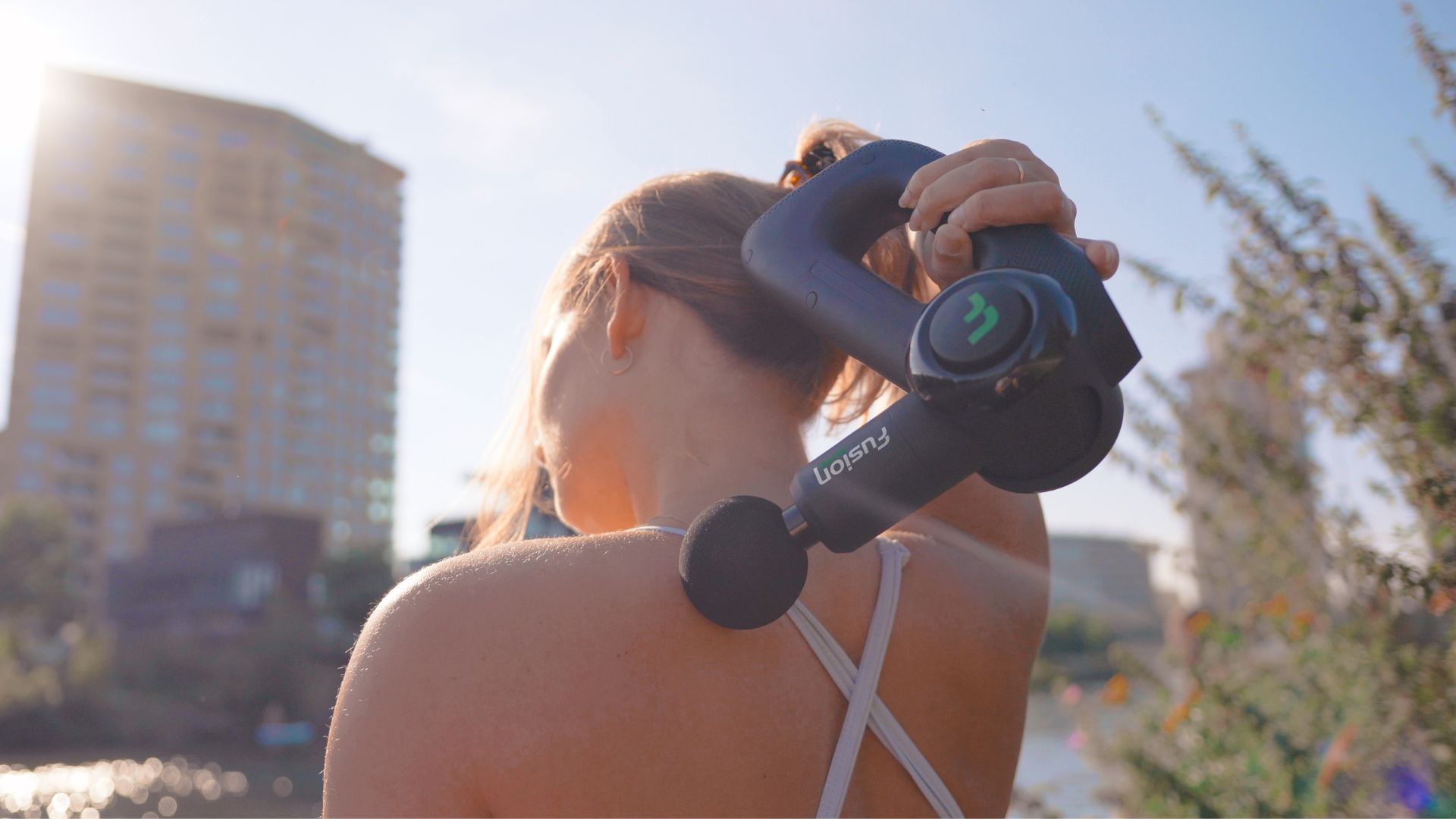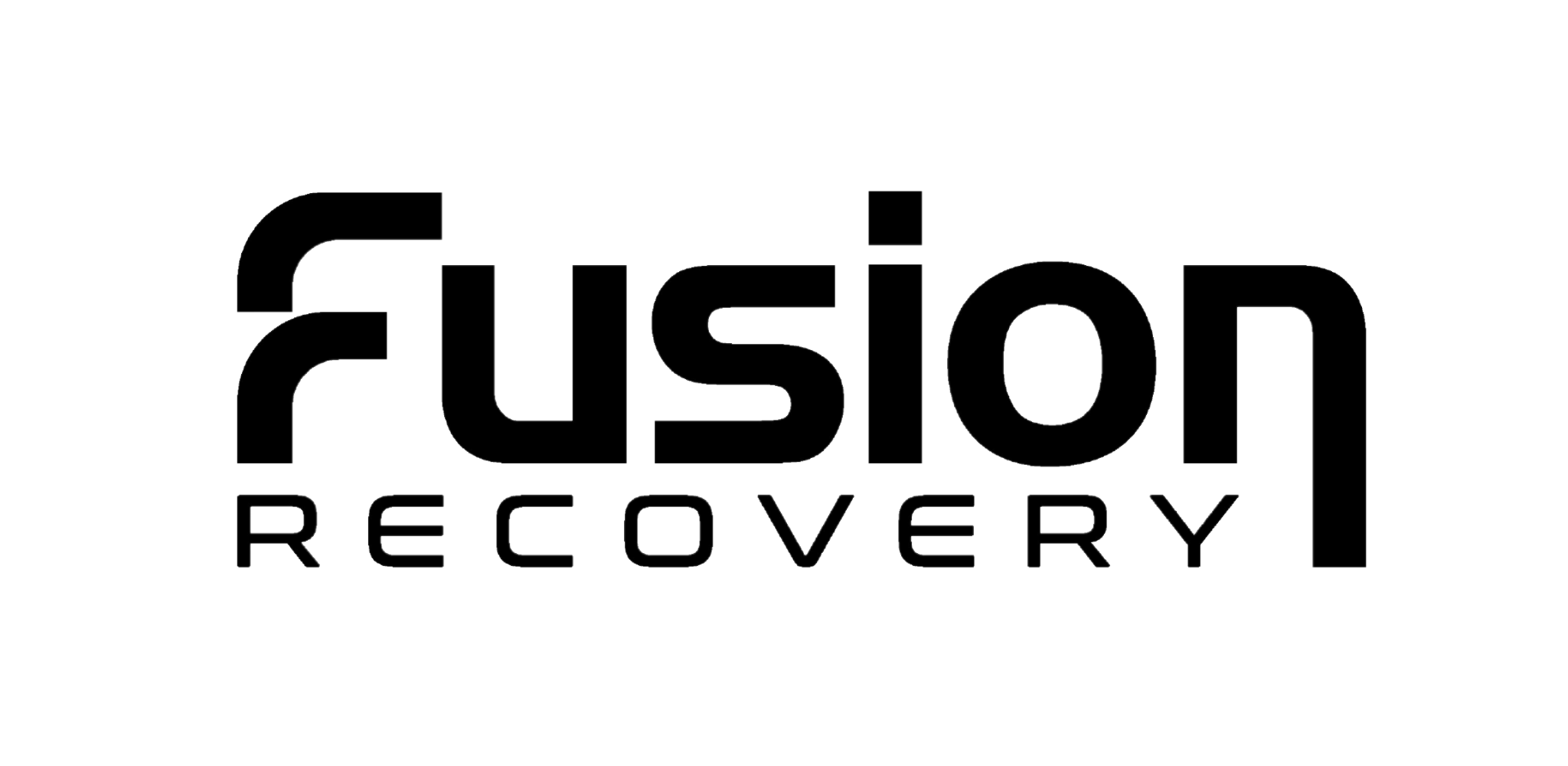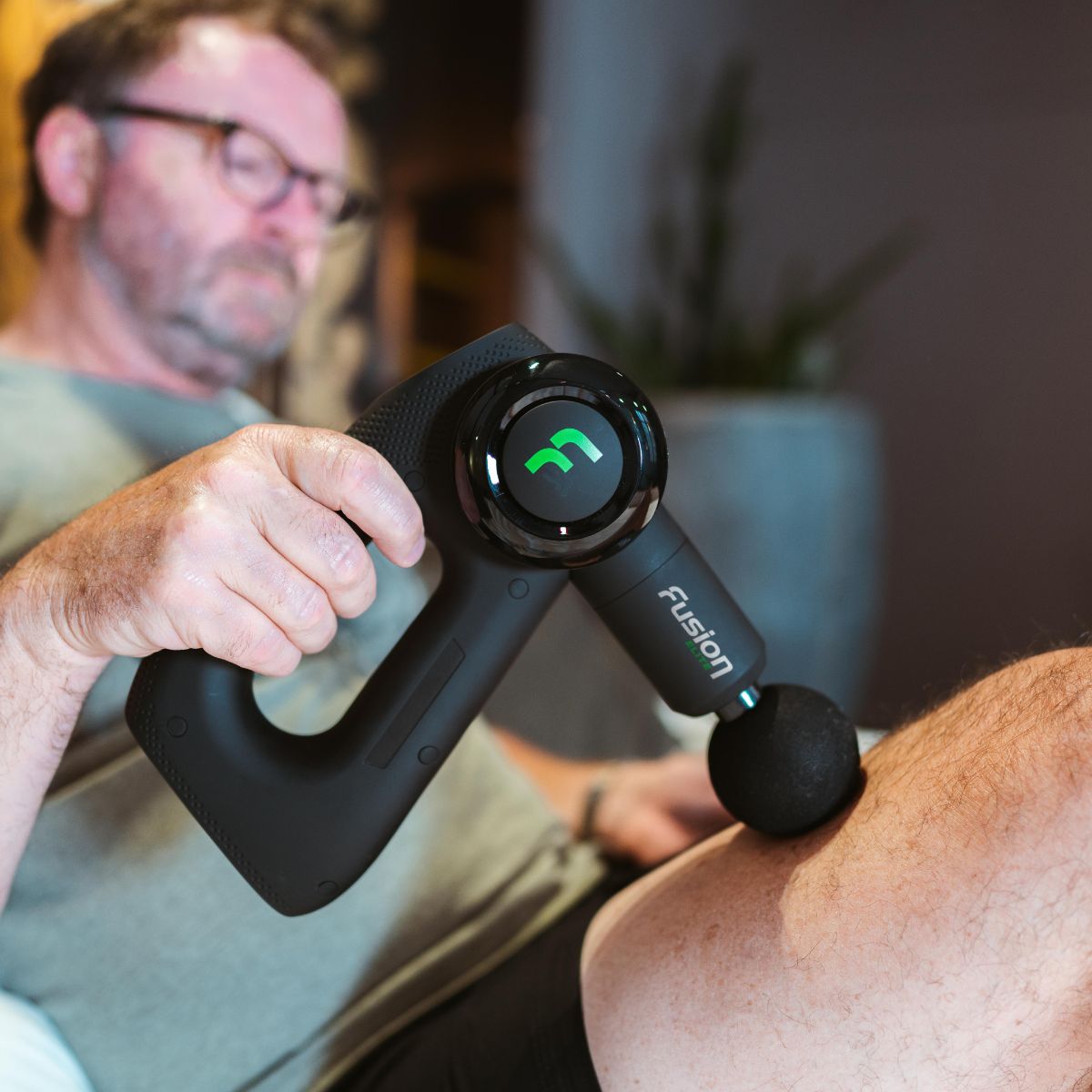Searching for safe and effective ways to get a massage for fibromyalgia?
Living with fibromyalgia can present daily challenges, as chronic pain and fatigue can significantly impact one’s quality of life.
Fibromyalgia is a chronic condition that causes widespread pain throughout the body and tenderness in certain areas known as “tender points.” Fatigue, sleep disturbances, and other symptoms such as anxiety and depression often accompany it.
While there is no cure for fibromyalgia, massage therapy can be a helpful tool for managing its symptoms.
It has shown promising results in reducing pain, improving sleep quality, and reducing stress levels in fibromyalgia patients. By targeting specific trigger points and promoting relaxation, massage can provide much-needed relief and enhance overall well-being.
In this article, we will explore the benefits of massage for fibromyalgia and how it can be incorporated into your treatment plan to manage symptoms effectively.
Brace yourself, and let’s embark on this enlightening journey together!
Effective Ways to Get Massage for Fibromyalgia
Did you know there are several beneficial massage methods for fibromyalgia?
While you may already know some of these ways, it never hurts to go through them again.
Visiting a massage therapist
Visiting a massage therapist can be an effective way to get a massage for fibromyalgia because they are trained in techniques that can specifically target the symptoms associated with this condition.
A licensed massage therapist can tailor their approach to address the specific issues of fibromyalgia. They can use gentle stretching, deep tissue massage, and myofascial release techniques to help alleviate joint pain and improve mobility.
Remember that alternative therapy by a professional massage therapist has been shown to promote relaxation, reduce stress, and improve sleep, which are all essential factors in managing fibromyalgia symptoms.
Working with a knowledgeable massage therapist, you can experience relief and improve your overall quality of life.
Pressure by hand
Applying pressure by hand can be an effective way to receive massage for fibromyalgia.
Traditional massage therapy can be too intense and painful for individuals with fibromyalgia, so using their hands to apply pressure allows for more control and customization.
By using their hands, fibromyalgia patients can target specific areas of pain and apply gentle pressure to help alleviate discomfort. This method of self-massage also allows individuals to adjust the pressure based on their pain tolerance and sensitivity.
What's more, using their hands will enable patients to focus on areas that need the most attention and spend more time on those areas.
Using self-massage tools

If the thought of visiting a massage therapist or using your hands to apply pressure to your body seems too much of an effort or impossible, you can opt for self-massage tools.
Self-massage tools include foam rollers, massage guns, or leg massagers that enable you to massage yourself without relying on someone else. Plus, all you make is a one-time investment, and you can use the tool as often as you need.
Here’s how each of these self-massage tools can help with fibromyalgia:
Foam rollers
The foam roller is the first on our list of self-massage tools for fibromyalgia.
These cylindrical-shaped devices work by using your body weight to apply pressure to crucial areas for deep tissue massage. Foam rollers come in different sizes and shapes to suit your needs, making them an ideal option for anyone with fibromyalgia.
Using one is super easy as well. Place the foam roller on the ground and slowly roll your body across it. Use slow and steady movements so the foam roller can penetrate your sore muscles deeply.
Massage gun
Next on our list is the massage gun.
This highly portable device is designed to penetrate deep into the muscle tissue, providing robust and targeted relief. It uses percussive massage technology to deliver pinpoint stimulation that can help reduce pain signals, improve flexibility, and promote relaxation.
Massage guns come with various attachments that allow you to target different areas of your body. So you can rest easy knowing you can target your neck, lower back, shoulders, and the other regions affected by fibromyalgia with this device.
Modern models like the Fusion Elite and Mini come with a wide range of speed settings that give you complete control over the intensity of your massage. This way, you can tailor each session according to your comfort.
Leg massagers
If you’re dealing with fibromyalgia in your legs, then a leg massager might be your best bet.
These massagers are designed to stimulate muscle fibers in the lower body with air pressure and massage rollers that target specific areas for connective tissue relief.
Leg massagers like the Air C Pro have a sleek remote control that allows you to adjust the settings for a more personalized massage experience. You also get a heat mode feature that helps with relaxation and stress relief.
These are just some compelling ways to get a massage for fibromyalgia to relieve muscular pain and discomfort. Whether you opt for a professional massage, pressure by hand, or a self-massage tool, you’ll find relief from your fibromyalgia symptoms.
Now, let’s dive into what benefits a massage can bring when struggling with fibromyalgia.
Benefits of Getting Massage for Fibromyalgia
Massage for fibromyalgia has been shown to benefit individuals with the condition. Listed below are a few of its many advantages.
Pain relief
Getting a massage for fibromyalgia can provide widespread muscle pain relief through several mechanisms.
Firstly, massage helps to increase blood circulation, which can reduce muscle tension and promote the release of endorphins, natural pain-relieving chemicals in the body. This increased blood flow can also help flush toxins and reduce muscle inflammation, relieving pain.
Massage can also target specific trigger points in the body commonly associated with fibromyalgia pain. By applying pressure and kneading these areas, massage can help to release tension and alleviate pain in these specific points.
Improved sleep

Improved sleep is one of the benefits of massage for fibromyalgia, for several reasons.
Firstly, massage helps to relax the muscles and reduce muscle tension, a common symptom of fibromyalgia. By releasing muscle tension, massage promotes relaxation and can help individuals with fibromyalgia fall asleep more quickly and experience deeper sleep.
Additionally, massage has been found to increase the production of serotonin, a neurotransmitter that regulates sleep.
Serotonin is converted into melatonin, a hormone that controls the sleep-wake cycle. Individuals with fibromyalgia may experience improved sleep patterns by increasing serotonin levels through massage.
The massage techniques used in fibromyalgia massage can help alleviate muscle pain and tension, which can often contribute to sleep difficulties.
By reducing pain and promoting relaxation, a fibromyalgia massage can significantly improve sleep quality and help individuals with fibromyalgia get a more restful night’s sleep.
Enhanced mood
Massage therapy for fibromyalgia also has the additional benefit of enhancing an individual’s mood.
Massage helps stimulate the release of endorphins, natural painkillers, and mood enhancers. These endorphins help reduce pain perception and promote feelings of relaxation and happiness. Additionally, massage can increase the production of serotonin and dopamine, neurotransmitters responsible for regulating mood and emotions.
The relaxation induced by massage can improve sleep quality, which is often disrupted in individuals with fibromyalgia. Better sleep patterns can positively impact mood and overall mental health.
Overall, the enhanced mood experienced from massage therapy for fibromyalgia can significantly improve the quality of life for individuals with this condition by reducing pain, promoting relaxation, and alleviating emotional distress.
Reduced anxiety and depression
Massage for fibromyalgia is effective in reducing anxiety and depression in individuals with fibromyalgia for various reasons.
Firstly, massage promotes relaxation and can help reduce overall stress levels in the body. This can positively impact anxiety and depression symptoms, as stress often contributes to these conditions.
Additionally, massage can help improve sleep quality, which is often disrupted in individuals with fibromyalgia. By improving sleep, massage therapy can help alleviate symptoms of anxiety and depression.
Furthermore, massage has been found to release endorphins, the body’s natural painkillers and mood enhancers. This can provide individuals with fibromyalgia relief from pain and a boost in mood, reducing symptoms of anxiety and depression.
Increased range of motion

Massage therapy can help improve the range of motion of individuals with fibromyalgia for several reasons.
Firstly, fibromyalgia is characterized by chronic pain and muscle stiffness, which can limit the range of motion in affected individuals. Massage therapy can help alleviate muscle tension and stiffness, thus promoting relaxation and increasing flexibility.
It can also increase blood circulation to the affected areas, which can help reduce inflammation and promote healing. Improved blood flow can also provide more oxygen and nutrients to the muscles, helping to improve their function and range of motion.
Lastly, massage therapy can stimulate the release of endorphins, natural pain-relieving and mood-enhancing chemicals in the body.
This can help individuals with fibromyalgia manage their pain and improve their overall well-being, allowing them to engage in activities previously limited due to a restricted range of motion.
After acknowledging the effectiveness of massage in treating fibromyalgia, we should also explore lifestyle modifications to optimize the advantages of massage therapy for this condition.
Lifestyle Changes to Maximize Massage Benefits for Fibromyalgia
Living with fibromyalgia can be a daily struggle, but incorporating specific lifestyle changes into your routine can help maximize the benefits of massage therapy.
Follow these steps for the best results:
Practice self-care
In addition to massage therapy, incorporating self-care practices into your daily routine can enhance the benefits.
Engage in relaxation and stress reduction activities, such as practicing mindfulness meditation, taking warm baths with Epsom salts, or doing gentle stretching exercises.
These practices can help alleviate pain and promote better sleep, allowing your body to heal and recover.
Stay hydrated and start slowly before gradually increasing your intensity

When receiving a massage for fibromyalgia, drinking plenty of water before and after your massage session is essential to staying hydrated.
Massage can release toxins from your muscles, and proper hydration helps flush them out of your system, promoting overall well-being. Staying hydrated can also help prevent side effects like headaches or muscle soreness.
Also, starting slowly and gradually increasing the intensity and pressure over time is essential when you perform therapeutic massage for fibromyalgia. This allows your body to adjust to the treatment and prevents potential fibromyalgia pain and discomfort.
Maintain a healthy lifestyle
Making healthy lifestyle choices can positively impact your fibromyalgia symptoms and the effectiveness of massage therapy.
Eating a balanced diet, exercising regularly, and prioritizing quality sleep can help reduce inflammation, improve energy levels, and enhance the body’s response to massage.
Avoiding triggers such as caffeine, alcohol, and processed foods can also contribute to overall well-being.
Manage stress levels
Stress exacerbates fibromyalgia symptoms, so finding effective stress management techniques is crucial.
Engage in activities that help you relax and unwind, such as practicing deep breathing exercises, or engaging in hobbies you enjoy.
By reducing stress levels, you can enhance the benefits of massage therapy and improve your overall quality of life.
Incorporating these lifestyle changes into your daily routine can help maximize the benefits of massage therapy for fibromyalgia. Remember, everyone’s experience with fibromyalgia is unique, so it may take some trial and error to find the best strategies for you.
Be patient with yourself and listen to your body’s needs. You can find relief and improve your overall well-being with time and consistency.
Listen to your body and take breaks
During a massage for fibromyalgia, take breaks and listen to your body.
Pay attention to any discomfort or pain. If you feel sharp or intense pain, tell your therapist right away. Find a balance between therapeutic pressure and avoiding worsening your fibromyalgia symptoms.
Moreover, take breaks if needed. Feel free to ask for breaks if you feel overwhelmed or exhausted during the massage. This will allow your body to rest and recover before continuing the session.
Taking breaks can help prevent overstimulation and ensure you can fully benefit from the massage.
By listening to your body and taking breaks during the massage, you can ensure that the session is tailored to your needs and effectively addresses your fibromyalgia symptoms.
Remember to communicate openly with your massage therapist to optimize the benefits of the massage for your specific condition.
Be open to experiencing new types of massage
When managing fibromyalgia symptoms, massage therapy can be a beneficial tool.
However, not all massage techniques may work for everyone with fibromyalgia. It is essential to be open to experiencing new types of massage to find the one that works best for you. Various massage techniques are available, such as Swedish massage, deep tissue massage, myofascial release, and trigger point therapy.
Each method works differently and may provide varying levels of relief. Feel free to try different types of massage to see which one works best for you.
Prioritize regular massage sessions
Consistency is critical to reaping the benefits of massage for fibromyalgia.
Aim for regular sessions, whether once a week or once a month, to maintain the positive effects on your body.
Regular massage helps reduce muscle tension, increase blood circulation, and promote relaxation, decreasing pain and discomfort.
Consistency matters
Consistency matters when getting the most out of massage for fibromyalgia because regular sessions can help manage symptoms and provide long-term relief.
Remember, consistency and open communication with your massage therapist are crucial to getting the most out of massage for fibromyalgia. Work together to create a personalized treatment plan that suits your needs and goals.
Now that we know the lifestyle changes to maximize massage benefits for fibromyalgia, let's dive into common mistakes to avoid when receiving a massage.
Mistakes to Avoid When Getting Massage for Fibromyalgia
While massage is a great way to manage fibromyalgia symptoms, taking steps to avoid mistakes during your massage can help make the experience more beneficial.
Here are some to keep in mind for your next session:
Not seeking out a qualified and experienced massage therapist
Fibromyalgia requires specialized knowledge and techniques to manage the symptoms effectively.
A qualified and experienced massage therapist familiar with fibromyalgia will better understand the condition and how to tailor the massage treatment accordingly. They can use specific techniques to help reduce pain, improve circulation, and promote relaxation, all of which are beneficial for individuals with fibromyalgia.
By not seeking a qualified and experienced massage therapist, individuals may not receive the appropriate care and may not experience the desired relief from their symptoms.
Not communicating correctly with your massage therapist

Not communicating correctly with your massage therapist is one of the mistakes to avoid when getting massage therapy for fibromyalgia.
Fibromyalgia is a complex condition that affects individuals differently, and what works for one person may not work for another. By clearly expressing your symptoms, pain levels, and any areas of particular concern, you enable the therapist to customize the massage technique and deep pressure to provide the most effective relief for your condition.
Failing to communicate adequately may result in the therapist using techniques such as applying pressure that exacerbates your symptoms or failing to target the areas that require attention.
Using intense pressure with massage tools
If you're one to make use of massage tools for self-massage, it's important to note that too much pressure can be counterproductive and cause more harm than good.
This is especially true for devices like foam rollers or massage guns.
When using these devices, apply gentle pressure and focus on the area that needs attention. Some come with adjustable intensity settings, which can be especially helpful in this instance.
Take the Fusion Elite, for example.
These devices have adjustable speeds and intensity settings to allow you to find the level of pressure that feels best for your condition. With the right mode in place, you can get the relief and relaxation you need without causing more harm.
Just remember to always listen to your body and stop if you experience any pain or discomfort.
Massaging areas with bruises, cuts, and wounds
Are you experiencing any bruises, cuts, or wounds on areas affected by fibromyalgia?
If so, be sure to avoid massaging these areas, as it can lead to something worse. Instead, focus on other key areas of fibromyalgia that are in need of relief.
Applying too much pressure or using massage tools on bruised or wounded areas may only cause more pain and discomfort. Infections may also occur if the area you are massaging has an open wound.
That's why it's best to avoid these areas altogether and focus on other areas instead. This way, you can ensure that you get the most out of your massage session and benefit from it without any harm coming to your body.
Now that we understand the benefits of massage for fibromyalgia and the necessary lifestyle changes and mistakes to avoid, let’s explore some practical tips to maximize the benefits of massage for fibromyalgia.
Frequently Asked Questions
Below are some commonly asked questions about massage for fibromyalgia.
Whether you are trying massage therapy for the first time or want to know more about it, these questions can help you gain a better understanding of how it can help you manage your symptoms.
Can massage cure fibromyalgia?
While massage cannot cure fibromyalgia, it can provide relief and help manage the symptoms associated with the condition.
It is important to note that the effectiveness of massage therapy may vary from person to person, and it should be used as a complementary treatment alongside other medical interventions recommended by healthcare professionals.
Blend this with the lifestyle changes suggested in this article, and you'll be able to manage fibromyalgia more effectively.
How often should I get a massage for fibromyalgia?
The frequency of massage therapy for fibromyalgia can vary depending on individual needs and preferences.
Start with regular sessions, such as once or twice a week, to help manage symptoms and provide relief. As the condition improves and symptoms subside, the frequency can be adjusted to once every two weeks or once a month for better results.
Just ensure you communicate openly with your massage therapist, as they can help you create a personalized plan that suits your needs and goals.
Are there any potential risks or side effects of getting a massage for fibromyalgia?
Generally, no significant risks or side effects are associated with getting a massage for fibromyalgia.
Massage therapy is often recommended as a complementary treatment for managing fibromyalgia symptoms. However, it is essential to communicate with a therapist about your specific condition and any areas of sensitivity or pain you may have. Some individuals with fibromyalgia may experience temporary soreness or discomfort during or after a massage, but this is typically mild and resolves quickly.
If you are making use of a massage tool such as a massager, it is essential to read the instructions provided and use it correctly. Doing so can help ensure your safety and prevent any potential risks or side effects.
When should I avoid getting a massage for fibromyalgia?
Avoid getting a massage for fibromyalgia in certain situations.
One instance is if you are experiencing a flare-up of symptoms, such as increased pain, fatigue, or sensitivity. During a flare-up, the pressure and manipulation of massage therapy may exacerbate these symptoms and lead to increased discomfort.
Additionally, suppose you have any open wounds, skin infections, or other skin conditions.
In that case, it is advisable to avoid massage, as it can potentially worsen or introduce bacteria into the affected areas, as we've discussed.
Conclusion
Massage for fibromyalgia can relieve symptoms and improve overall well-being for individuals with this condition.
Research has shown that massage therapy can help reduce pain, improve sleep quality, decrease anxiety and depression, and enhance the overall quality of life for fibromyalgia patients.
Fibromyalgia is a chronic condition.
It causes widespread musculoskeletal pain, fatigue, and tenderness in specific body areas. It can significantly affect a person’s quality of life. There is no cure for fibromyalgia, but there are treatment options available. Massage therapy is one such option that has gained popularity.
Massage therapy can be a practical and effective tool for pain relief for individuals with fibromyalgia. It offers a non-invasive and drug-free approach to managing the symptoms of this chronic condition.
By following the right steps and incorporating self-care practices, you can ensure the massage therapy sessions are both safe and enjoyable for you.
Get in touch with us if you still have any questions or concerns about getting a massage for fibromyalgia. We'll be more than happy to help you and provide you with the best possible advice.




